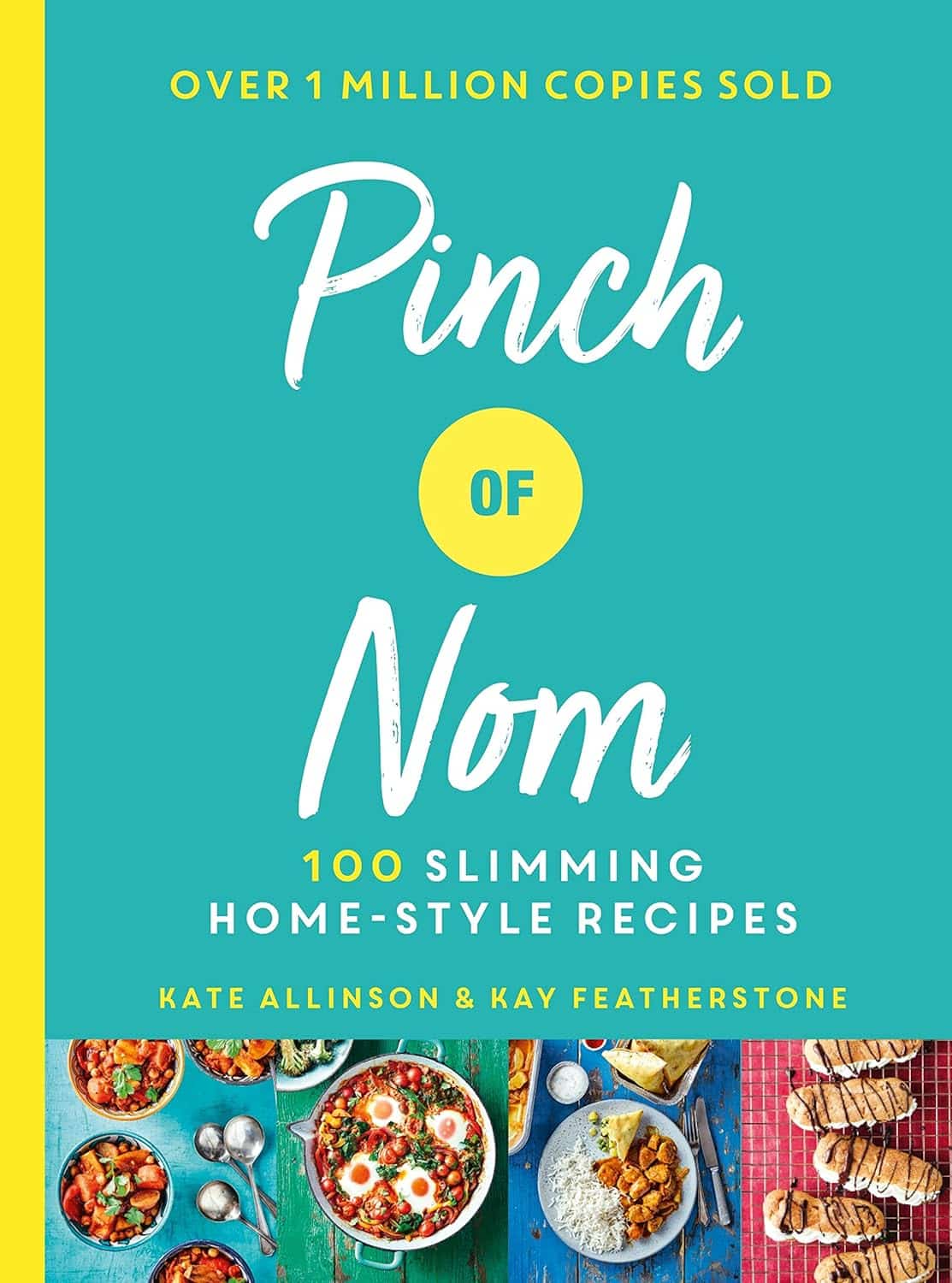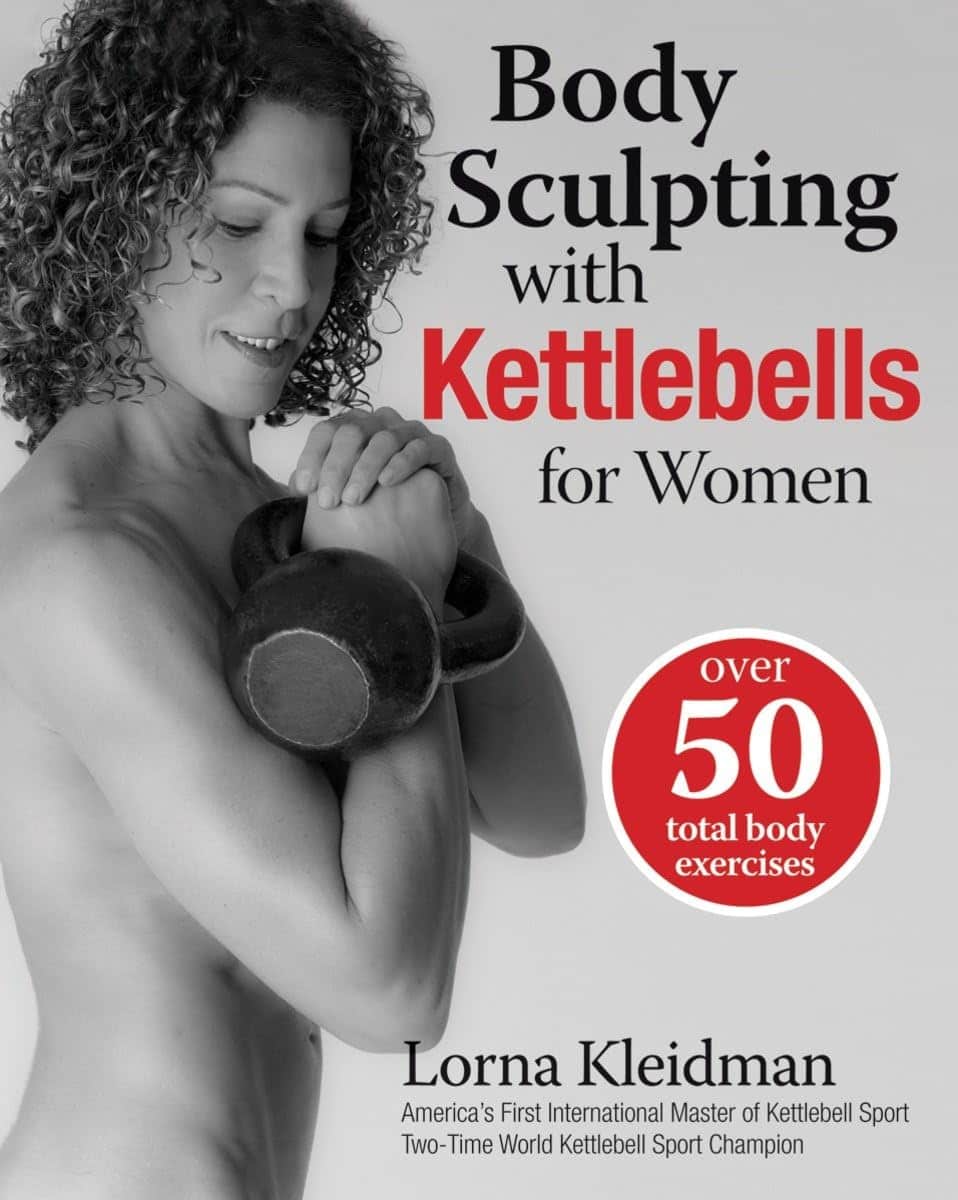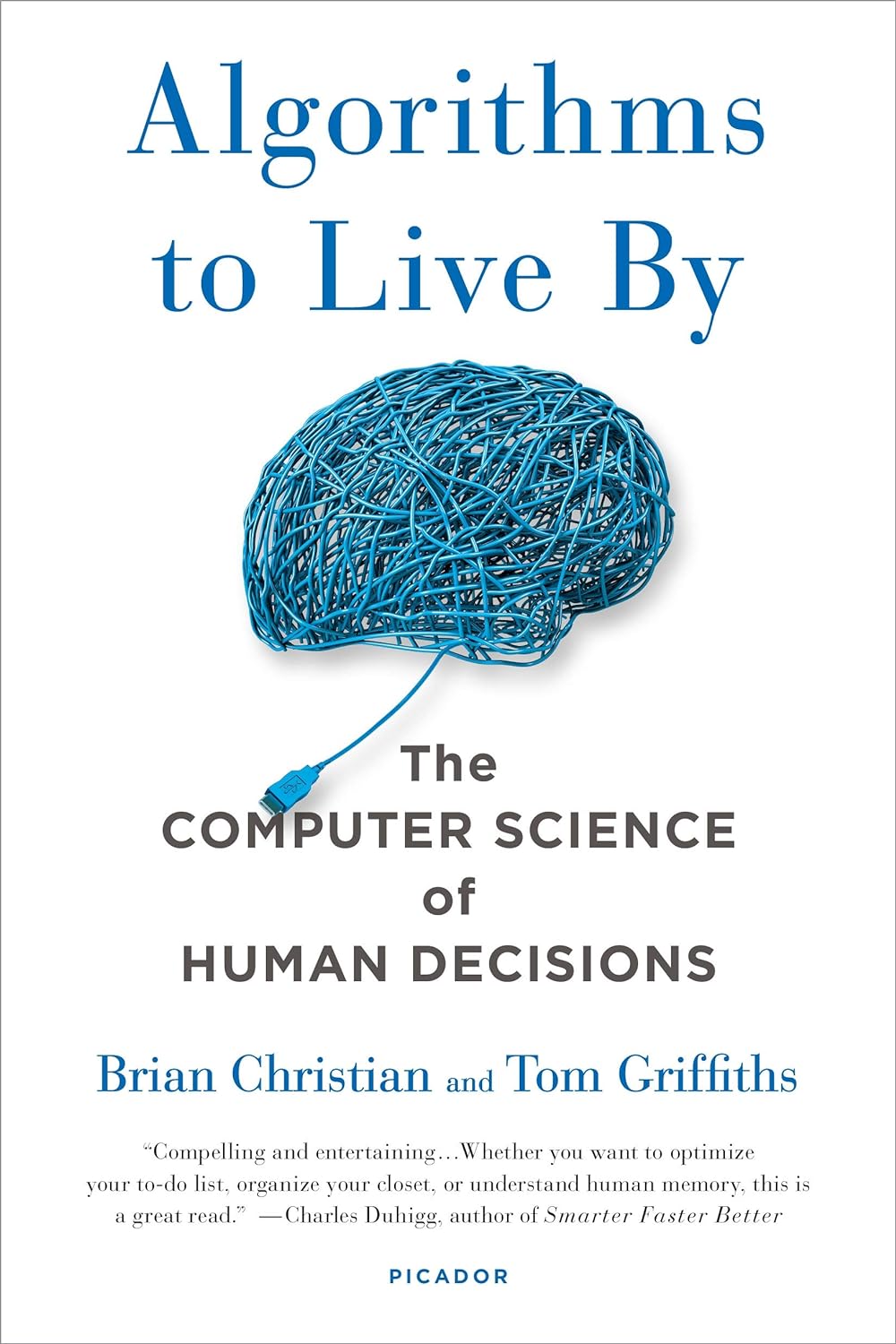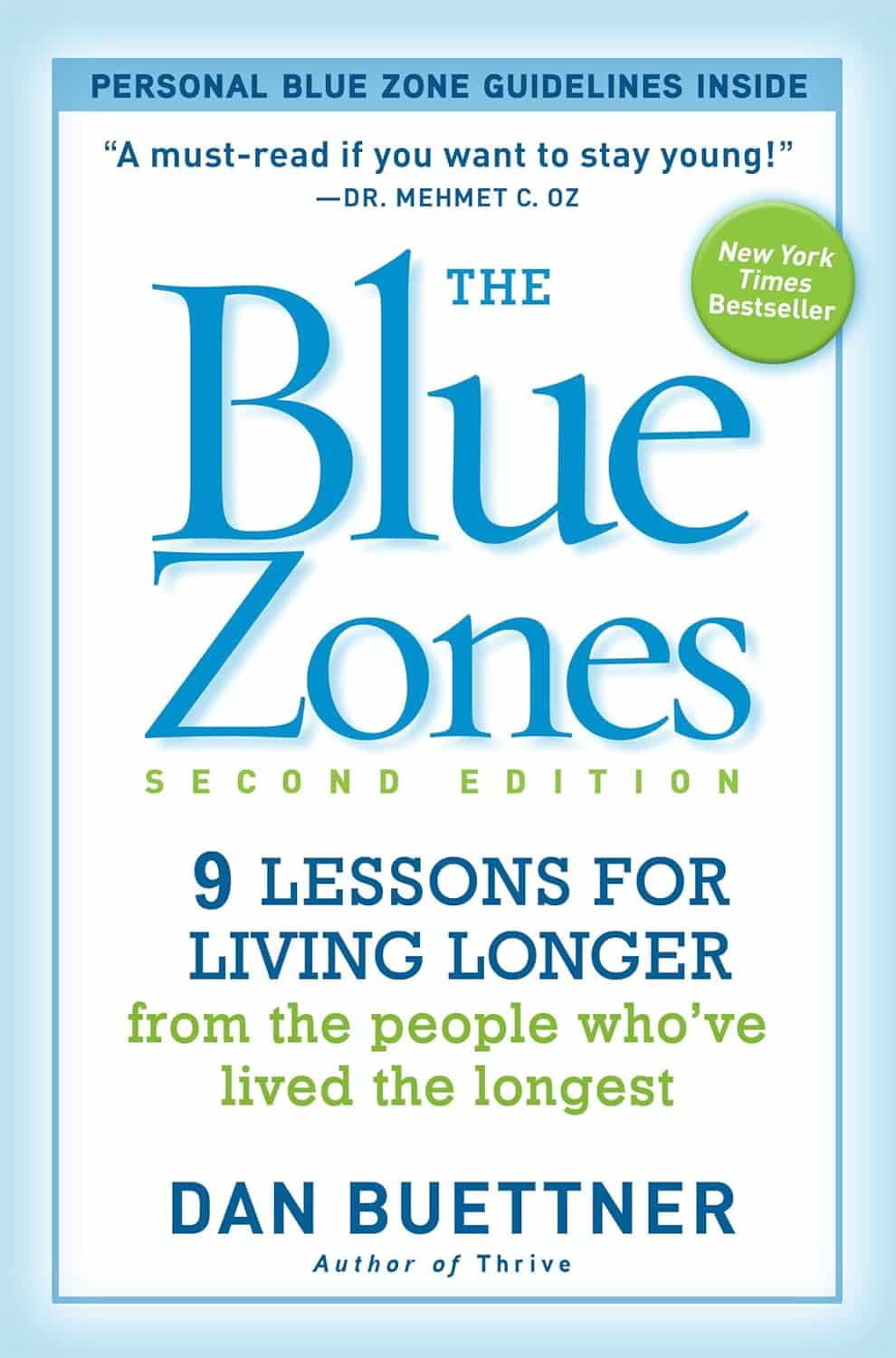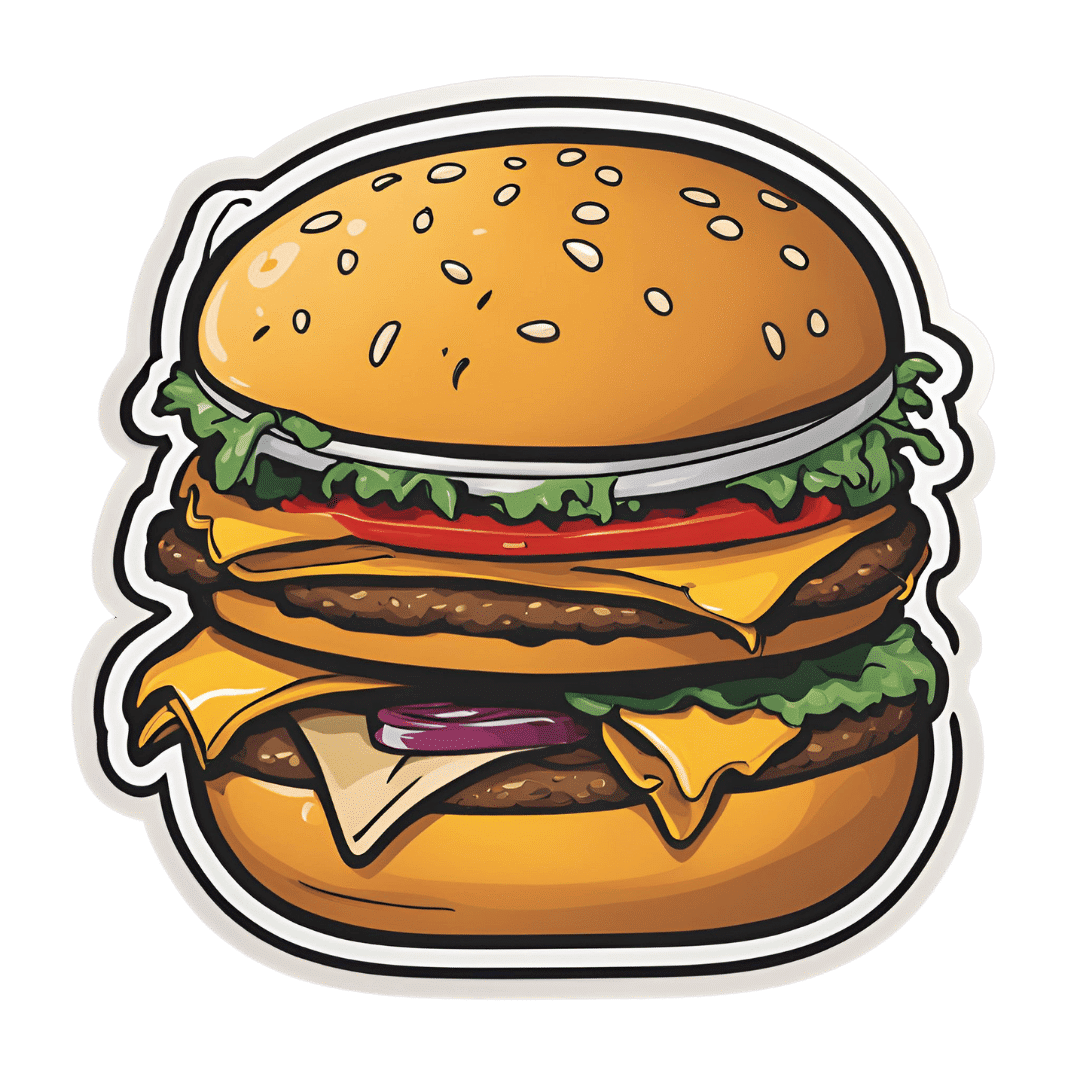
How To Out-Cheat “Cheat Days”
10almonds is reader-supported. We may, at no cost to you, receive a portion of sales if you purchase a product through a link in this article.
Out-Cheating “Cheat Days” (Or Even Just “Cheat Meals”)
If you are in the habit of eating healthily, the idea of a “cheat day” probably isn’t appealing—because you simply don’t crave junk food; it’s not what your gut is used to.
Nevertheless, sometimes cheat days, or at least cheat meals, choose us rather than the other way around. If your social group is having a pizza night or meeting up at the burger bar, probably you’re going to be having a meal that’s not ideal.
So, what to do about it?
Well, first of all, relax. If it really is an exception and not a regular occurrence, it’s not going to have a big health impact. Assuming that your basic dietary requirements are taken care of (e.g. free from allergens as necessary, vegan/vegetarian if that’s appropriate for you, adhering to any religious restrictions that are important to you, etc), then you’re going to have a good time, which is what scientists call a “pro-social activity” and is not a terrible thing.
See also: Is Fast Food Really All That Bad? ← answer: yes it is, but the harm is cumulative and won’t all happen the instant you take a bite of a chicken nugget
Think positive
No, not in the “think positive thoughts” sense (though feel free, if that’s your thing), but rather: focus on adding things rather than subtracting things.
It’s said:
❝It’s not the calories in your food that make the biggest impact on your health; it’s the food in your calories❞e
…and that’s generally true. The same goes for “bad things” in the food, e.g. added sugar, salt, seed oils, etc. They really are bad! But, in this case you’re going to be eating them and they’re going to be nearly impossible to avoid in the social scenarios we described. So, forget that sunk treasure, and instead, add nutrients.
10almonds tip: added nutrients remain added nutrients, even if the sources were not glowing with health-appeal and/or you ate them alongside something unhealthy:
- Those breaded garlic mushrooms are still full of magnesium and fiber and ergothioneine.
- The chili-and-mint peas that came as an overpriced optional side-dish with your burger are still full of protein, fiber, and a stack of polyphenols.
…and so on. And, the more time you spend eating those things, the less time you spend eating the real empty-calorie foods.
Fix the flaw
We set out to offer this guide without arguing for abstemiousness or making healthy substitutions, because we assume you knew already that you can not eat things, and as for substitutions, often they are not practical, especially if dining out or ordering in.
Also, sometimes even when home-cooking something unhealthy, taking the bad ingredient out takes some of the joy out with it.
Writers example: I once incorrectly tried to solve the fat conundrum of my favorite shchi (recipe here) by trying purely steaming the vegetables instead of my usual frying/sautéing them, and let’s just say, that errant-and-swiftly-abandoned version got recorded in my nutrition-tracker app as “sad shchi”.
So instead, fix the flaw by countering it if possible:
- The meal is devoid of fiber? Preload with some dried figs (you can never have too many dried figs in your pantry)
- The meal is high in saturated fat? Enjoy fiber before/during/after, per what’s convenient for you. Fiber helps clear out excess cholesterol, which is usually the main issue with saturated fat.
- The meal is salty? Double down on your hydration before, during, and after. If that sounds like a chore, then remember, it’s more fun than getting bloated (which results, counterintuitively, from dehydration—because your body detects the salt, and panics and tries to retain as much water as possible to restore homeostasis, resulting in bloating) and hypertensive (which results from the combination of the blood having too much salt and too little water, and cells retaining too much water and pressing inwards because it is the cells themselves that are bloated). So, tending to your hydration can help mitigate all of the above.
- The meal is full of high-GI carbs? Preload with fiber, enjoy the carbs together with fats, and have something acidic (e.g. some kind of vinegar, or citrus fruit) with it if that’s a reasonable option. Yes, this does mean that a Whiskey Sour is better for your blood sugars than an Old Fashioned, by the way, and/but no, it doesn’t make either of them healthy.
- The meal is inflammatory? Doing all of the above things will help, as will eating it slowly/mindfully, which latter makes it less of a shock to your system.
See also: How To Get More Nutrition From The Same Food
Enjoy!
Don’t Forget…
Did you arrive here from our newsletter? Don’t forget to return to the email to continue learning!
Recommended
Learn to Age Gracefully
Join the 98k+ American women taking control of their health & aging with our 100% free (and fun!) daily emails:
-
Hydroxyapatite Toothpaste – 6 Month Update
10almonds is reader-supported. We may, at no cost to you, receive a portion of sales if you purchase a product through a link in this article.
A dental hygienist tried hydroxyapatite toothpaste for 6 months, and this is what she found:
The results are in
In few words: she took before-and-after photos, or rather, regular photos through the 6-month process.
What she was mostly looking for: tooth translucency, enamel imperfections, and stains.
What she found: a slight improvement within two months, though over the course of the six months, the photos were somewhat inconsistent—however, this may have more to do with the machinations of her camera, the ambient lighting, etc, than it has to do with the toothpaste. In an ideal world, she’d be able to do a density test with a laser on one side and a sensor on the other, but it seems her budget didn’t stretch to that. In terms of subjective improvement, she found that her teeth felt better, even if the visual change was not consistently apparent.
This is consistent with the idea that hydroxyapatite toothpaste can mineralize teeth throughout the tooth, not just from the outside in, due to the porous nature of the enamel. So, a lot of the change may have been on the inside.
Ultimately, she neither recommends nor discommends the toothpaste, and acknowledges that more time, up to a year, may be needed for more noticeable results.
For more on all of this plus visual demonstrations, enjoy:
Click Here If The Embedded Video Doesn’t Load Automatically!
Want to learn more?
You might also like:
Tooth Remineralization: How To Heal Your Teeth Naturally
Take care!
Share This Post
-
Pinch of Nom – by Kate Allinson & Kay Allinson
10almonds is reader-supported. We may, at no cost to you, receive a portion of sales if you purchase a product through a link in this article.
“Home-style recipes”, because guess where most readers live!
And: slimming, because trimming the waistline a little is a goal for many after holiday indulgences.
The key idea here is healthy recipes that “don’t taste like diet food”—often by just switching out a couple of key ingredients, to give a significantly improved nutritional profile while remaining just as tasty, especially when flavors are enhanced with clever spicing and seasoning.
The food is simple to prepare, while being “special” enough that it could be used very credibly for entertaining too. For that matter, a strength of the book is its potential for use as a creative springboard, if you’re so inclined—there are lots of good ideas in here.
The recipes themselves are all you’d expect them to be, and presented clearly in an easy-to-follow manner.
Bottom line: if you’ve ever wanted to cook healthily but you need dinner on the table in the very near future and are stuck for ideas, this book is exactly what you need.
Click here to check out Pinch of Nom, and liven up your healthy cooking!
Share This Post
-
Body Sculpting with Kettlebells for Women – by Lorna Kleidman
10almonds is reader-supported. We may, at no cost to you, receive a portion of sales if you purchase a product through a link in this article.
For those of us who are more often lifting groceries or pots and pans than bodybuilding trophies, kettlebells provide a way of training functional strength. This book does (as per the title) offer both sides of things—the body sculpting, and thebody maintenance free from pain and injury.
Kleidman first explains the basics of kettlebell training, and how to get the most from one’s workouts, before discussing what kinds of exercises are best for which benefits, and finally moving on to provide full exercise programs.
The exercise programs themselves are fairly comprehensive without being unduly detailed, and give a week-by-week plan for getting your body to where you want it to be.
The style is fairly personal and relaxed, while keeping things quite clear—the photographs are also clear, though if there’s a weakness here, it’s that we don’t get to see which muscles are being worked in the same as we do when there’s an illustration with a different-colored part to show that.
Bottom line: if you’re looking for an introductory course for kettlebell training that’ll take you from beginner through to the “I now know what I’m doing and can take it from here, thanks” stage.
Click here to check out Body Sculpting With Kettlebells For Women, and get sculpting!
Share This Post
Related Posts
-
Algorithms to Live By – by Brian Christian and Tom Griffiths
10almonds is reader-supported. We may, at no cost to you, receive a portion of sales if you purchase a product through a link in this article.
As humans, we subconsciously use heuristics a lot to make many complex decisions based on “fuzzy logic”. For example:
Do we buy the cheap shoes that may last us a season, or the much more expensive ones that will last us for years? We’ll—without necessarily giving it much conscious thought—quickly weigh up:
- How much do we like each prospective pair of shoes?
- What else might we need to spend money on now/soon?
- How much money do we have right now?
- How much money do we expect to have in the future?
- Considering our lifestyle, how important is it to have good quality shoes?
How well we perform this rapid calculation may vary wildly, depending on many factors ranging from the quality of the advertising to how long ago we last ate.
And if we make the wrong decision, later we may have buyer’s (or non-buyer’s!) remorse. So, how can we do better?
Authors Brain Christian and Tom Griffiths have a manual for us!
This book covers many “kinds” of decision we often have to make in life, and how to optimize those decisions with the power of mathematics and computer science.
The problems (and solutions) run the gamut of…
- Optimal stopping (when to say “alright, that’s good enough”)
- Overcoming cognitive biases
- Scheduling quandaries
- Bayes’ Theorem
- Game Theory
- And when it’s more efficient to just leave things to chance!
…and many more (12 main areas of decision-making are covered).
For all it draws heavily from mathematics and computer science, the writing style is very easy-reading. It’s a “curl up in the armchair and read for pleasure” book, no matter how weighty and practical its content.
Bottom line: if you improve your ability to make the right decisions even marginally, this book will have been worth your while in the long run!
Order your copy of “Algorithms To Live By” from Amazon today!
Don’t Forget…
Did you arrive here from our newsletter? Don’t forget to return to the email to continue learning!
Learn to Age Gracefully
Join the 98k+ American women taking control of their health & aging with our 100% free (and fun!) daily emails:
-
Artichoke vs Asparagus – Which is Healthier?
10almonds is reader-supported. We may, at no cost to you, receive a portion of sales if you purchase a product through a link in this article.
Our Verdict
When comparing artichoke to asparagus, we picked the artichoke.
Why?
Both are great and it was close!
In terms of macros, artichoke has a little more protein and around 3x the carbs and fiber: the ratio there means that both vegetables have an identical glycemic index, so we’ll go with the “most food per food” reckoning of nutritional density, and call it for the artichoke.
When it comes to vitamins, artichoke has more of vitamins B3, B5, B6, B7, B9, C, and choline, while asparagus has more of vitamins A, B1, B2, E, and K. Both very respectable nutritional sets, but artichoke gets a marginal 6:5 win on strength of numbers.
In the category of minerals, artichoke has more calcium, copper, magnesium, manganese, phosphorus, and potassium, while asparagus has more iron, selenium, and zinc. A clearer 6:3 win for artichoke this time.
Once again, both of these are great foods, so by all means enjoy either or both. But if you’re looking for the nutritionally densest option, it’s the artichoke!
Want to learn more?
You might like to read:
What’s Your Plant Diversity Score?
Take care!
Don’t Forget…
Did you arrive here from our newsletter? Don’t forget to return to the email to continue learning!
Learn to Age Gracefully
Join the 98k+ American women taking control of their health & aging with our 100% free (and fun!) daily emails:
-
The Blue Zones, Second Edition – by Dan Buettner
10almonds is reader-supported. We may, at no cost to you, receive a portion of sales if you purchase a product through a link in this article.
Eat beans & greens, take walks, have a purpose; you can probably list off the top of your head some of the “advices from Blue Zones”, so what makes this book stand out?
This is perhaps one of the most thoughtful investigations; the author (a National Geographic researcher) toured and researched all the Blue Zones, took many many notes (we get details), and asked a lot of questions that others skipped.
For example, a lot of books about the Blue Zones mention the importance of community—but they don’t go into much detail of what that looks like… And they certainly don’t tend to explain what we should do about it.
And that’s because community is often viewed as environmental in a way that we can’t control. If we want to take supplements, eat a certain way, exercise, etc, we can do all those things alone if we want. But if we want community? We’re reliant on other people—and that’s a taboo in the US, and US-influenced places.
So, one way this book excels is in describing how exactly people foster community in the Blue Zones (hint: the big picture—the form of the community—is different in each place, but the individual actions taken are similar), with particular attention to the roles actively taken on by the community elders.
In a similar vein, “reduce stress” is good, but what mindsets and mechanisms do they use that are still reproducible if we are not, for example, Okinawan farmers? Again, Buettner delivers in spades.
Bottom line: this is the Blue Zones book that digs deeper than others, and makes the advices much more applicable no matter where we live.
Click here to check out The Blue Zones, and build these 9 things into your life!
Don’t Forget…
Did you arrive here from our newsletter? Don’t forget to return to the email to continue learning!
Learn to Age Gracefully
Join the 98k+ American women taking control of their health & aging with our 100% free (and fun!) daily emails:



